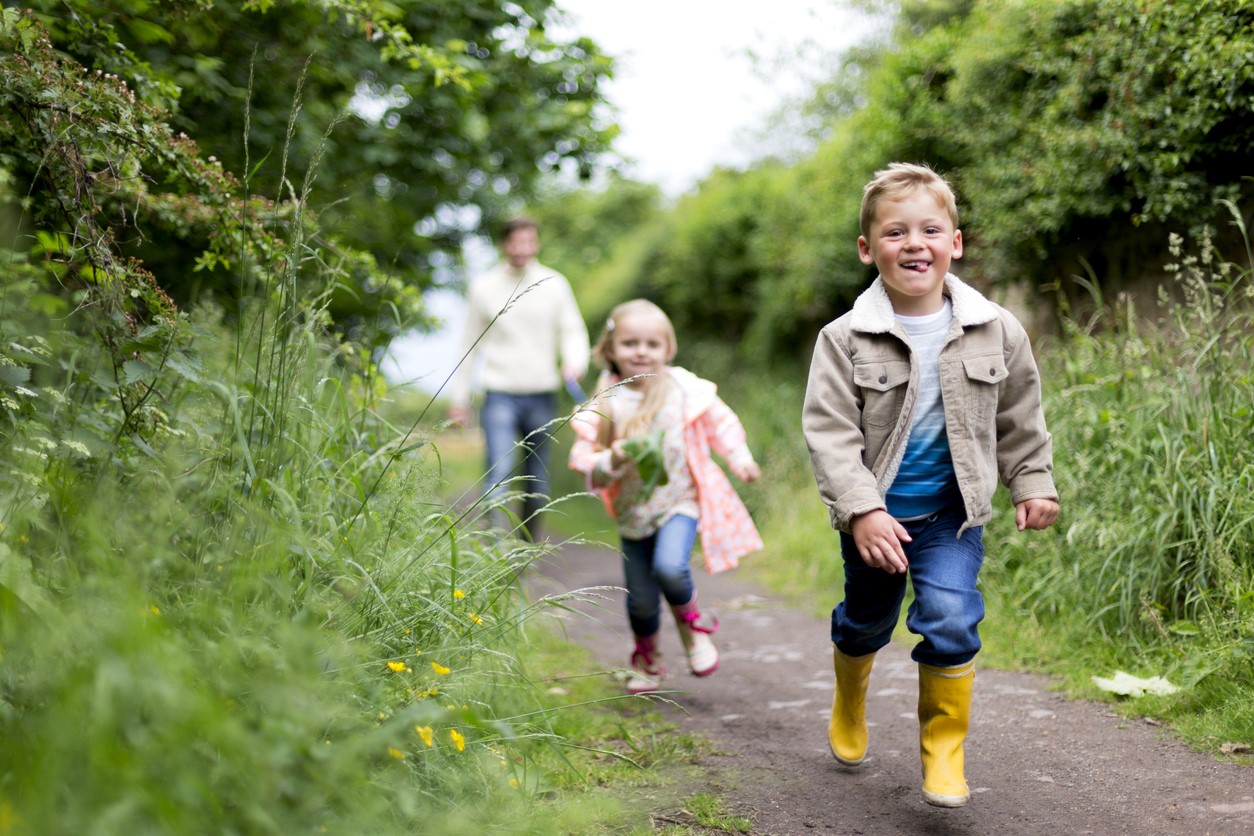51% of UK adults own a pet. That’s a little over half of the population. Moving home with one is not as straightforward as putting them in a pet carrier and transporting them across to the new home. They need care and consideration throughout the entire process, and failing to provide that will lead to a distressed pet, confused and alarmed at the changes. Moving house with pets needs extra boxes on your moving checklist that you tick off one by one gradually, leading up to the big day. So, what are these requisites?
Prior planning
- Once the date is set for moving, make a list of things you need to accomplish for your pet.
- Update their microchip details by notifying your pet insurance company of your change of address.
- Ask your vet for pheromone diffusers and medication that can calm your pet down if they get too agitated on the day of the big move. Update vaccinations and vaccination certificates.
- Your pets will have to spend the day of the moving locked up in an empty room away from the busy movers loading the truck. Getting them used to that room by feeding them and letting them sleep in it will ease some of the unfamiliarity. You can also choose to drop your pet off at a sitter’s, friend’s, or family member’s place or boarding kennels/cattery until your new home is prepped for your pooch or feline.
- Let them get familiar with the pet carrier or crate they will be travelling in. You can place treats inside it so they will go in on their own accord to retrieve them.
Ensure the new place is prepared for them
Make sure any broken fences are mended in your new home, and the backdoor has a dog/cat flap installed if your pet is used to one. If the previous owner of your new home had a dog living with them, the house should be cleaned to rid of the dog’s smell. Your dog will not be pleased to discover a strange dog’s scent in their new environment. It will make them too cautious of their surroundings, causing them to take longer to settle down. Cats will be afraid of dog smell, especially if they are not living with one. So, make sure your cat doesn’t smell a strange dog’s scent in the house.
Cats can get more stressed than dogs when moving house, so they must remain confined to the house for a week or two. They should not venture outdoors as soon as you arrive. Allocate a less occupied room they can’t escape from where they can eat and sleep. Use a pheromone diffuser in the room if they are too agitated. Give them blankets and cushions that smell like their old home. As they adapt to their new surroundings, they become less afraid and anxious. Cats should have a litter tray ready upon arrival at your new home.
Anticipate for ‘accidents’ to happen in the first few days as they will be in a state of panic and stress. Be patient with them and do not tell them off; it will only make it worse.
Scatter some cat litter along the perimetre of the new garden to make your cats feel more at home when they go out for the first time. It also sends out a message to other cats in the neighbourhood that a new cat is living on the property.
For the first few days, walk your dog around the garden on a lead before letting them out into the garden on their own. Cats, on the other hand, will not appreciate being walked on a lead, but you can always try. It will help them learn about their new territory safely.
Find a vet in the new area
Register with your local vet right before you move or soon after. You can enquire about vets from the outgoing occupants or new neighbours. You can also ask your vet for referrals and help them transfer your pet’s medical records.
Try to familiarise the pet with the new place/surroundings prior to the move
If your new home is a short driving distance away, take your dog with you to the new neighbourhood and, if possible, your soon-to-be new home. Walk them on a lead in the garden and neighbourhood to aclimatise them to the new sights and smells. This way, when you make the actual move, it won’t be too much of a shock. Exercising your dog in the area will give your hound the opportunity to meet other dogs in the neighbourhood and even make friends with them. It can deter any territorial conflicts between the dogs. However, this method of familiarisation is only possible with dogs.
Travel bag with essentials
As you pack your own and other family members’ travel bags, make sure your pet’s essentials are packed into a bag or box. It should not be loaded into the truck but stay with you so you can find it easily. It should contain their food and water bowls, bedding, toys, litter trays, wipes, medication, food, and spare lead & collar. They should be able to recognise the old smell of their bedding, so do not swap them for new or clean them before moving. It will help them feel at home when they are trying to sleep.
If your dog or cat needs anti-nausea medication or anti-anxiety medication, make sure to give these before the journey starts to allow enough time for them to take effect.
Moving home with a pet is a bit like moving home with a baby; there’s a lot to consider in advance and prepare for. We hope these tips will help you enjoy your new home with your beloved pet stress-free. When you are moving into a GS Brown Construction home, an experienced team ensures the process is made easier and simpler for you every step of the way.




